Description
Turdus Cryptopyrrhus by Henry Seebohm printed on a T-Shirt
About the T-Shirt
Regular fit
Standard length, the fabric easily gives into movement
Casual wear
A classic, everyday option loved by our customers
Side-seamed
Constructed by sewing two parts together, creating a fitted look
The Unisex Staple T-Shirt feels soft and light with just the right amount of stretch. It’s comfortable and flattering for all. We can’t compliment this shirt enough–it’s one of our crowd favorites, and it’s sure to be your next favorite too!
- Solid colors are 100% Airlume combed and ring-spun cotton
- Ash color is 99% combed and ring-spun cotton, 1% polyester
- Heather colors are 52% combed and ring-spun cotton, 48% polyester
- Athletic and Black Heather are 90% combed and ring-spun cotton, 10% polyester
- Heather Prism colors are 99% combed and ring-spun cotton, 1% polyester
- Fabric weight: 4.2 oz./yd.² (142 g/m²)
- Pre-shrunk fabric
- 30 singles
- Side-seamed construction
- Tear-away label
- Shoulder-to-shoulder taping
- Blank product sourced from Nicaragua, Mexico, Honduras, or the US
Henry Seebohm (1832 – 1895)
Henry Seebohm was an English steel manufacturer, and amateur ornithologist, oologist and traveller.
Henry was the oldest son of Benjamin Seebohm (1798–1871) who was a wool merchant at Horton Grange, Bradford. The family had moved to England from Bad Pyrmont in Germany. Henry’s mother Estther Wheeler (1798–1864) was a granddaughter of William Tuke. The Seebohms were active in the Society of Friends and Henry schooled within the community in York. He worked initially in a grocery as an assistant but moved to Sheffield where he became a steel manufacturer. He married Maria, daughter of George John Healey, a merchant in Manchester on 19 January 1859.
Henry became interested in natural history at school and continued to spend his spare time studying birds on his journeys. He travelled widely visiting Greece, Scandinavia, Turkey, and South Africa. His expeditions to the Yenisey tundra of Siberia were described in his two books, Siberia in Europe (1880) and Siberia in Asia (1882), which were combined in the posthumous publication The Birds of Siberia (1901). His expeditions included the lower Pechora River in 1875 along with John Alexander Harvie-Brown as well as a visit to Heligoland at the home of Heinrich Gätke. In 1877 he joined Joseph Wiggins to Siberia.
He was one of the first European ornithologists to accept the American trinomial system to classify sub-species.
Seebohm’s other publications included A History of British Birds (1883), The Geographical Distribution of the family Charadriidae (1887), The Birds of the Japanese Empire (1890) and A Monograph of the Turdidae (1902, completed by Richard Bowdler Sharpe).
Seebohm bequeathed his collection of bird-skins to the British Museum. The collection which was received in 1896 consisted of nearly 17,000 specimens. A number of birds were named after Seebohm, including the grey emutail (Dromaeocercus seebohmi) by Bowdler Sharpe. A portrait of Seebohm in oil by Hugh Ford Crighton is held by Sheffield Museums.

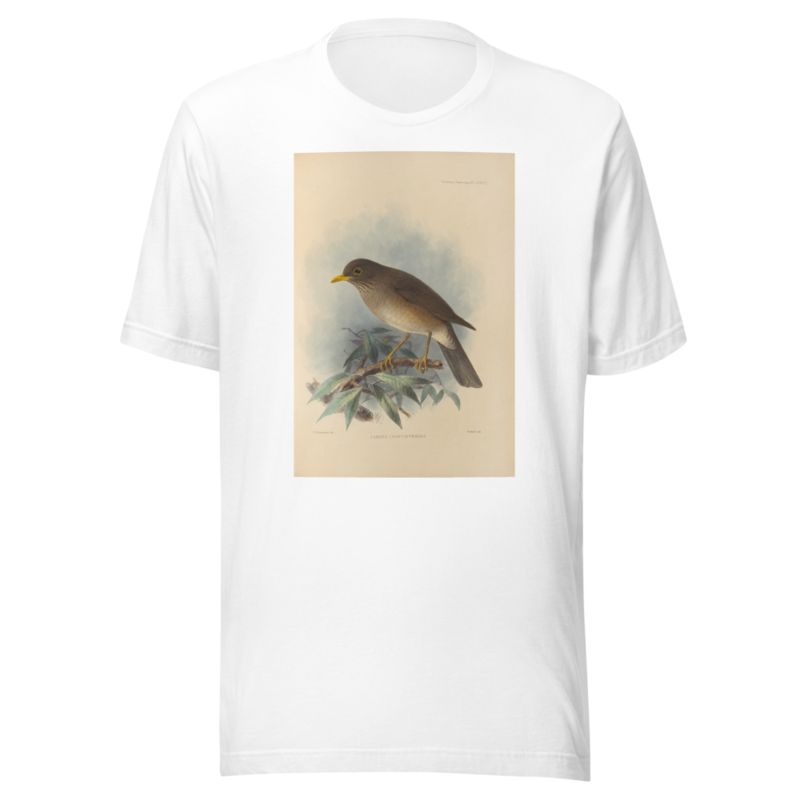
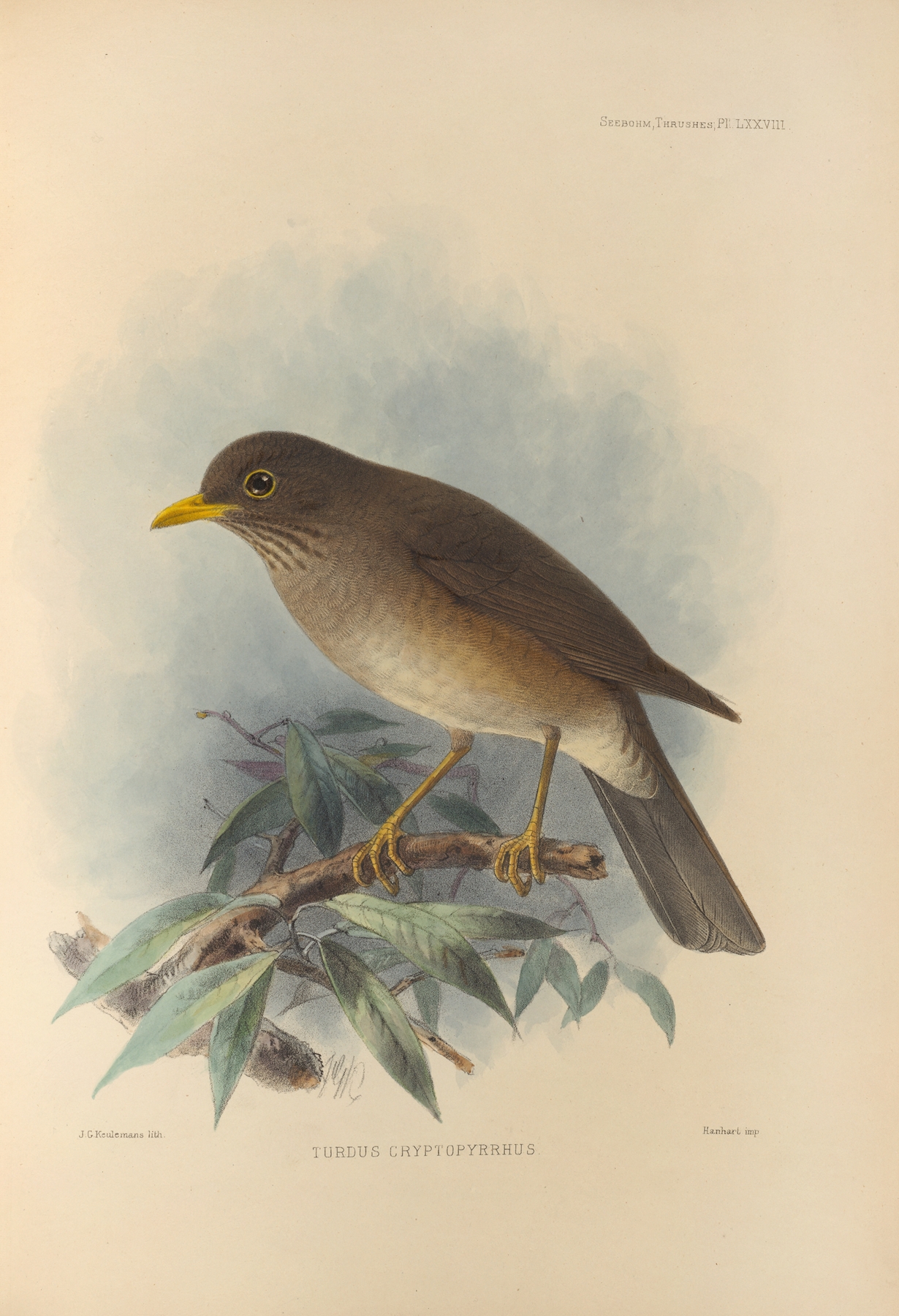
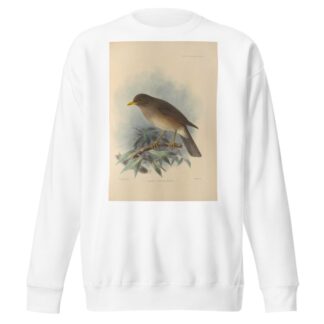
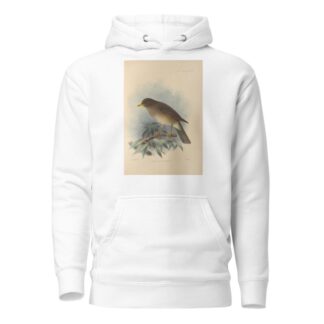
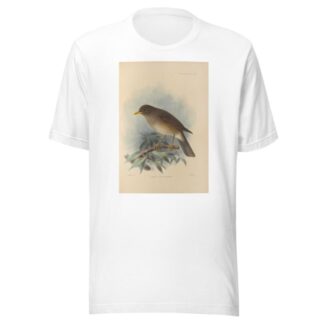
Reviews
There are no reviews yet.